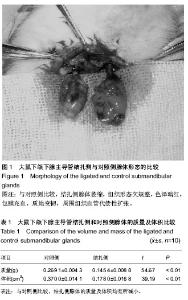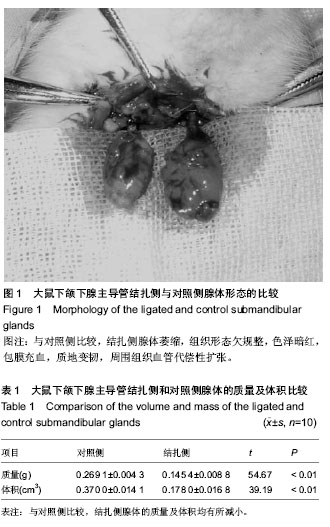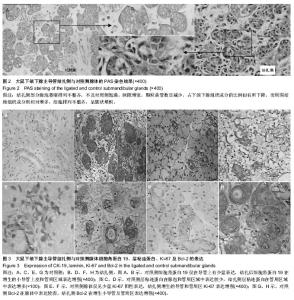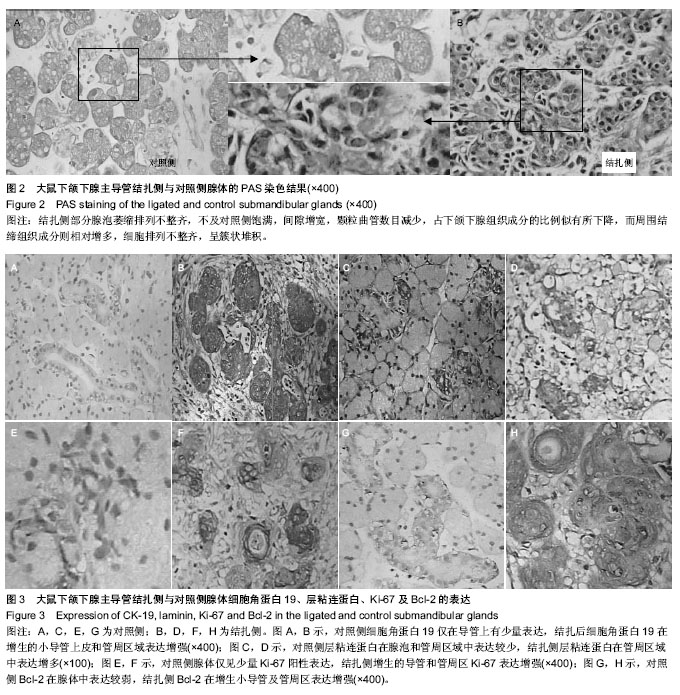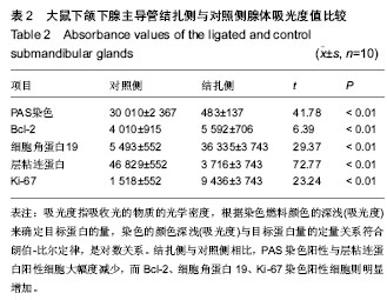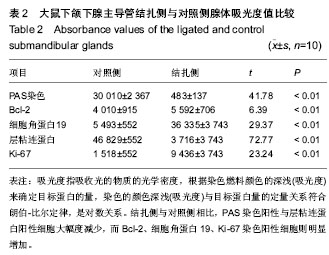| [1] Salvetti A, Rossi L. Adult stem cell plasticity: Neoblast repopulation in non-lethally irradiated planarians. Dev Biol. 2009;328(2):305-314.
[2] Ratajczak MZ, Zuba-Surma E. Pluripotent and multipotent stem cells in adult tissues. Adv Med Sci. 2012;57(1): 1-17.
[3] Salpeter SJ, Dor Y. Pancreatic Cells and Their Progenitors. Methods Enzymol. 2006;419:322-337.
[4] Fritsch MK, Singer DB. Embryonic stem cell biology. Adv Pediatr. 2008;55:43-77.
[5] Nava S, Westgren M. Characterization of cells in the developing human liver. Differentiation. 2005;73(5):249-260.
[6] Lin SC, Talbot P. Stem Cells. Encyclopedia of Toxicology (Third Edition), 2014: 390-394.
[7] Fernandes TG, Diogo MM. 2 - Stem cell culture: mimicking the stem cell niche in vitro. Stem Cell Bio Process. 2013:33-68.
[8] Li T, Zhu J, Ma K. Autologous bone marrow-derived mesenchymal stem cell transplantation promotes liver regeneration after portal vein embolization in cirrhotic rats. J Surg Res. 2013;184(2):1161-1173.
[9] Wei X, Xiangwei F, Guangbin Z, et al. Cytokeratin distribution and expression during the maturation of mouse germinal vesicle oocytes after vitrification. Cryobiology. 2013;66(3): 261-266
[10] Katsuda T, Teratani T. Hypoxia efficiently induces differentiation of mouse embryonic stem cells into endodermal and hepatic progenitor cells. Biochem Eng J. 2013;74(15):95-101.
[11] Colognato H, Yurchenco PD. Form and function: the laminin family of heterotrimers. Dev Dyn. 2000;218:213-234.
[12] Caplan MJ. Membrane polarity in epithelial cells:Protein sorting and establishment of polarized domains. Am J Physiol. 1997;272 (4 Pt 2) :425-429.
[13] Giancotti FG.Complexity and specificity of integrin signalling. Nat Cell Biol. 2000;2(1): E13-14.
[14] Okumura K, Nakamura K, Hisatomi Y, et al. Salivary gland progenitor cells induced by duct ligation differentiate into hepatic and pancreatic lineag. Hepatology. 2003;38(1): 104-113.
[15] 黄桂林,姜群,王天果,等.损伤下颌下腺模型中涎腺干/祖细胞分离及特征的初步研究[J].实用口腔医学杂志,2009,25(2): 174-177.
[16] Bianco P, Robey PG. Stem cells in tissue engineering. Nature. 2001;414(6859):1182.
[17] Kwon SM, Lee YK, Yokoyama A, et al. Differential activity of bone marrow hematopoietic stem cell subpopulations for EPC development and ischemic neovascularization. J Mol Cell Cardiol. 2011;51(3):308-317.
[18] 李龙江,赵洪伟.组织工程方法修复涎腺缺损[J].中国临床康复, 2005, 9(30): 167-169.
[19] Hisatomi Y,Okumura K, Nakamura K,et al.Flow cytometric isolation of endodermal progenitors from mouse salivary gland differentiate into hepatic and pancreatic. Hepatology. 2004;39(3):667-675.
[20] Hale AJ,Smith CA,Sutheland LC,et al.Apotosis:molecular regulation of cell death.Eur J Biochem.1996;236(1):1-26.
[21] Tseng JH, Ouyang CH, Lin KJ, et al. Significance of insulin signaling in liver regeneration triggered by portal vein ligation. J Surg Res. 2011;166(1):77-86. |
